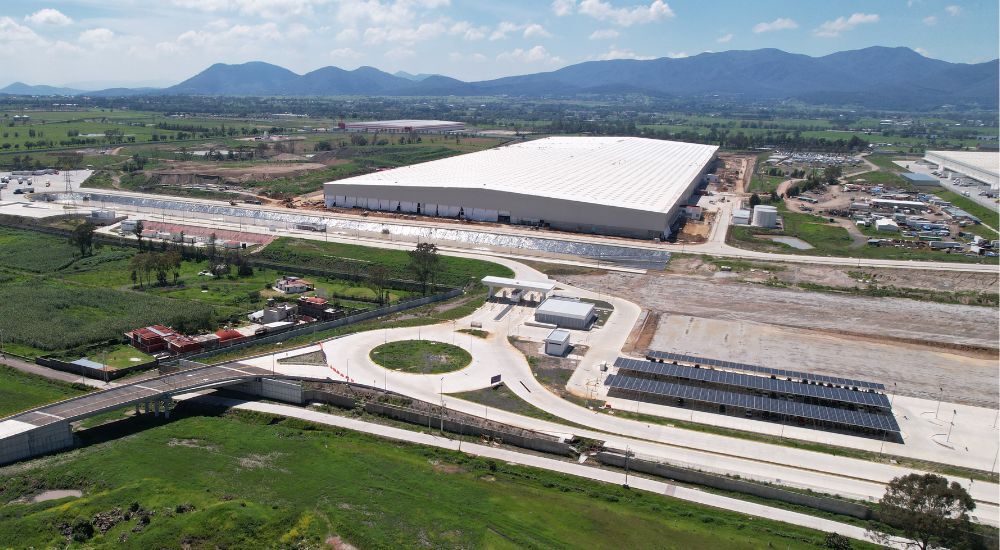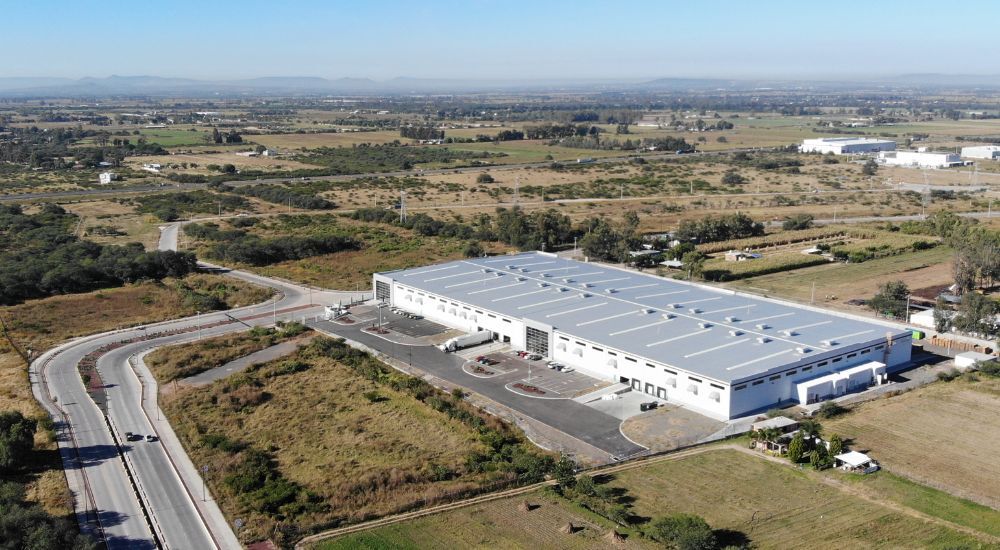7 key factors for investing in industrial land in Mexico
29/11/2022The economic landscape caused by the Covid-19 Pandemic, together with the uncertainty in different markets, make investors act cautious and take time to do deep research on the strength and weaknesses of the countries they’re studying for their business and investments.
Thanks to the changes in production and supply trends (nearshoring vs. offshoring), the recent events in commercial events (trade war between China and the United States of America and the beginning of the trade agreement which includes Canada, Mexico, and the United States), more enterprises are looking for properties and industrial land for sale in Mexico.
In this article, we will review 7 key factors to guide new actors and people interested in knowing the reality and the facts related to the availability of spaces and investment opportunities in different industrial areas of the country.
1. Site selection
Includes all the factors that make it possible to invest in a specific industrial land. The more important:
- Legal certainty: the ease ofobtaining permitsfrom the local authorities.
- Access to the skilled workforce: proximity to urban centers and communities.
- Logistics infrastructure and resources: connection through highways, railways, or ports, with electricity lines, water supply, gas, and sewer system ready.
2. Access to economic resources and credits
A subject that is related to the possibilities and capacity for obtaining economic resources for construction, and the expected return on investment (ROI).
According to Gerardo Ramirez Barba, general manager of industrial corporate solutions for JLL Mexico, there are two different types of investments:
- Active investment: when a property is purchased and developed directly for a specific tenant, usually using its resources or by bank credit. The ROI goes around 12% annually.
- Passive investment: when the company or developer acquires land to create an industrial portfolio (industrial parks and buildings) using different stock market instruments such as public investment funds (Fibras), and Development Capital Certificates (CKD’S). Here the ROI goes between 8% and 9% annually.
3. Construction
Talking about the work needed for adapting the industrial land following the requirements of the owners and developers, we can see:
- Soil stabilization and platform formation.
- Assembly of structures, manufacture, and erection of walls, roofing, etc.
- Internal and external roads in hydraulic concrete or asphalt.
- Power supply, placement of transformers, firefighting systems, and LED lighting.
4. Market
It refers to the demand expectation for the asset, by evaluating factors such as if it will be constructed inside an industrial park, as an inventory warehouse, or if it will be a Build to Suit project for an investor with a long-term contract.
It also implies that the value of the property or industrial land will increase or decrease depending on the credit rating and liquidity of the tenants.
5. Location
If the land is in an area with future development potential, this may influence the cap rates, exit prices, and investment returns.
It also considers other valuable characteristics, such as:
- If it’s an independent ground or it is inside an industrial park.
- If it’s located inside a specialized industrial cluster.
- Access to public security, schools, hospitals, and public transportation.
6. Regional vocation
In addition to the clusters, the different industrial regions of Mexico are specialized by city or state. A general characterization would be:
- I. Tijuana, Ciudad Juarez, and other border cities:
- Light manufacturing, is linked to the United States economy.
- Circuits and electronic devices.
- Medical devices.
- II. Monterrey, Saltillo, and other northern states:
- Steel and derivatives.
- Engines.
- Electric equipment.
- III. Bajío:
- Automotive industries.
- Aerospace industries.
- Food industries.
- IV. Mexico City and metropolitan area (Toluca, Puebla):
- Logistics and distribution centers (e-commerce)
- Manufacturing
- Medical supplies
- Food industries.
7. Real Estate building standards
Both investment funds and direct owners of industrial land must project properties with a multipurpose and multigenerational design, not just for immediate requirements. That’s why, before starting the construction, some criteria for generating surplus value are:
- Free height.
- Loading platforms (at least one for every 1,000 square meters).
- Ramps and platforms for trailer loading and unloading maneuvers.
- Office areas.
- Sustainable construction criteria (LEED certification).
At Frontier Industrial, we promote the development of both our clients and the regions where we have a presnce. For this reason, we have the sale of industrial land in Mexico and Build to Suit projects within our parks located in the most important logistics and manufacturing corridors in the country.







